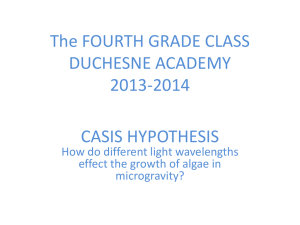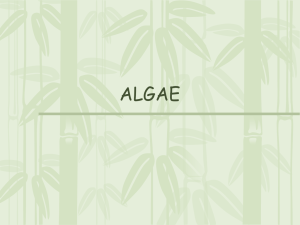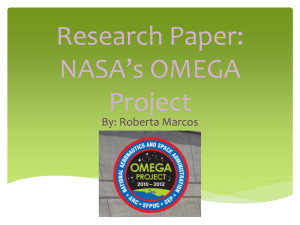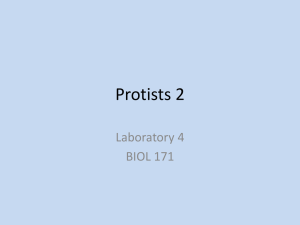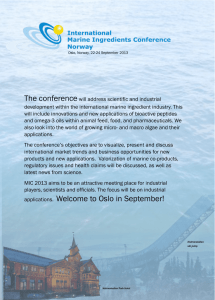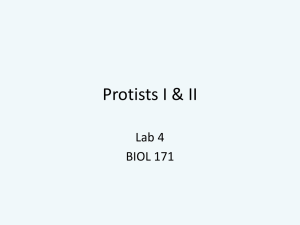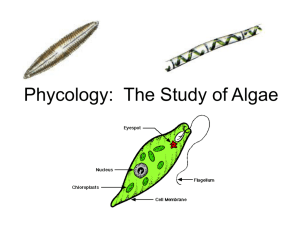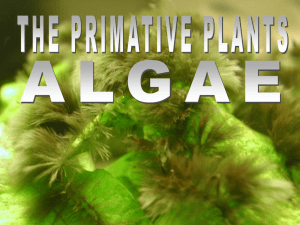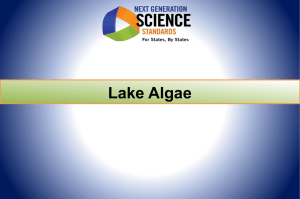Algae chromatography
advertisement
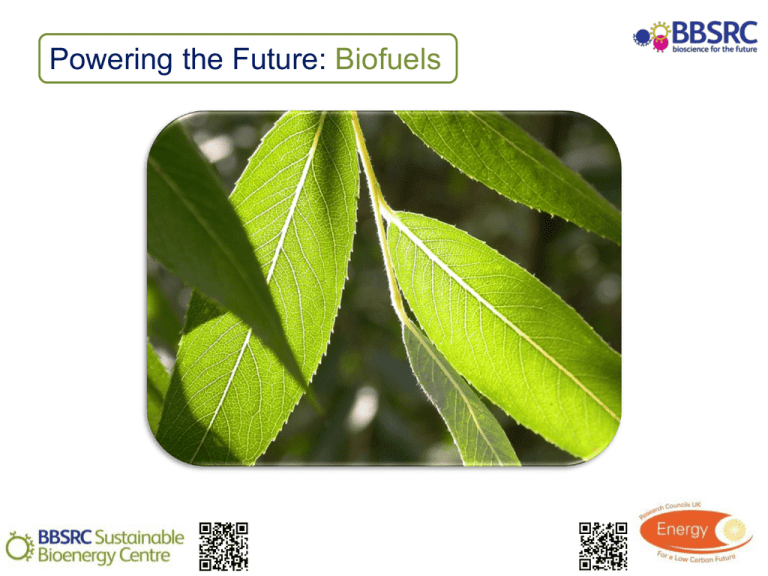
Powering the Future: Biofuels Activity: Algae Chromatography • Extract pigment from algae • Separate and compare the pigments in red and green algae • Analyse the distance of pigment migration Facts and Figures • To help combat climate change the UK has a target to reduce carbon emissions by 80% by 2050. • 30% of the UK renewable energy could come from biomass heat and electricity by 2020. • To meet the European Renewable Energy Directive, the UK is aiming for 10% of transport energy to be from renewable sources by 2020. • 18% of the sustainable renewable road transport fuel used in the UK between April 2012 and April 2013 came from UK feedstocks. Algae : Algae are a diverse group of eukaryotic photosynthetic organisms. They can be single-celled (unicellular) or multicellular such as seaweed. Microalgae have been described as nature’s very own power cells and could provide alternatives to petroleum-based fuels without competing with crops. Algae products : There are a wide range of bioenergy products that can be obtained from culturing algae including biomass for combustion to produce heat and electricity, fermentation to produce bioethanol, biobutanol or biogas, oil for conversion to biodiesel or even possibly algal synthesised biodiesel. © Plymouth Marine Laboratory Algae light microscope image: In order to develop biofuels from algae, research is being conducted to find suitable strains that produce high levels of oils, can tolerate heat and high concentrations of carbon dioxide, and are easy to harvest. Bubble Columns: Microalgae can be grown in large bioreactors and continually harvested unlike crops or macroalgae. They could be grown using the waste carbon dioxide from industrial processes, power stations or waste treatment plants. The oil they produce can then be converted into liquid fuel. © Plymouth Marine Laboratory © Plymouth Marine Laboratory Scanning Electron Microscope image of algae: Algae can harvest the power of the sun through photosynthesis and convert this into biomass including oil. They are fast growing and more efficient than plants at absorbing carbon dioxide. © Plymouth Marine Laboratory Scanning Electron Microscope image of algae: There may well be naturally occurring algae that can perform many of the tasks that we might want and researchers carrying out bioprospecting hope to identify suitable strains by selective screening. © Plymouth Marine Laboratory Fluorescent staining of oil in algae: In order to develop algal biofuels research is being conducted to find suitable strains that produce high levels of oils, can tolerate heat and high concentrations of carbon dioxide, and are easy to harvest. Method: Algae Chromatography 1. Prepare two stocks of algae: red algae ( Porphyridium) and green algae (Chlorella). Euglena is another green-coloured alga you can use. 2. Centrifuge 10 ml of culture in a centrifuge tube to form an algae pellet. If you do not have a centrifuge, put the algae mixture in a small test tube in the dark and allow to settle. This should take around one hour. 3. Carefully pour off the liquid, trying to avoid disturbing the pellet of algae cells at the bottom. Then place the tube containing the algae pellet in a freezer overnight. 4. Grind the pellet in a small mortar and pestle and resuspend the ground pellet in a small amount of water using a 1 ml plastic pipette. Start off with 1-2 drops and add more if necessary, but try to use the minimum so that the solution is as concentrated as possible. 5. Draw a line in pencil about 2 cm from the bottom of the paper you’ve been given. Use a fine paintbrush to place small dots of samples of green Chlorella and red Porphyridium next to each other. Add the samples a little at a time leaving them to dry in between. 6. Place the paper in 5 ml of ethanol (Note: make sure the solvent level is not above the level of the pencil line) in a 50 ml beaker and cover with a watch glass. Leave for around 10 minutes to allow the solvent to move up the paper. What do you observe? Chromatography results Activity: Algae Chromatography • Extract pigment from algae • Separate and compare the pigments in red and green algae • Analyse the distance of pigment migration Contributors

